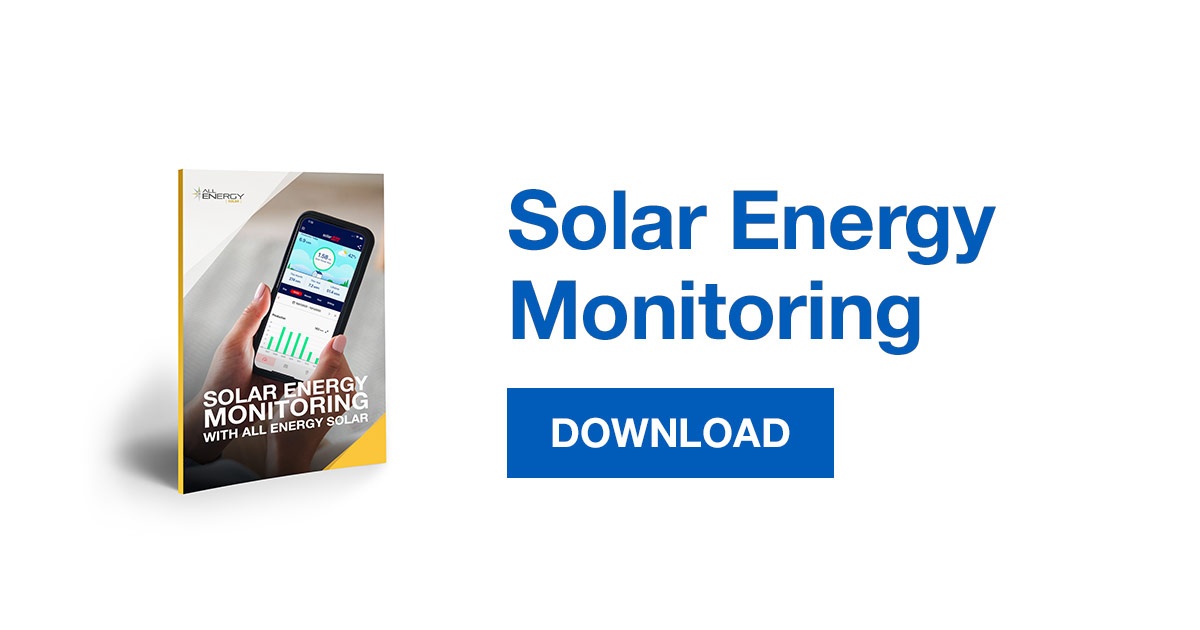
What to expect
Governor Walz and the DFL have been hungry to pass a bill that would set forth a plan for Minnesota utility companies to utilize 100 percent carbon-free energy by 2040, with benchmark goals at each five-year period. In doing so, Minnesota would join 15 other states along with Puerto Rico and Washington DC, which all already have 100 percent clean energy bills.
A big opportunity
Minnesota hasn't updated its climate goals since 2007 under Republican Governor Tim Pawlenty. According to a 2021 report, the state lagged well behind its goals of reducing emissions by 80 percent from 2005 levels by 2050. However, with a growing positive view of renewable energy among constituents and political leaders committed to moving to carbon-free energy, Minnesota has a big opportunity. The state's two largest utility companies, Xcel Energy and Minnesota Power, have already committed to 100 percent clean energy by 2050, so a new bill would accelerate those goals.
What it might mean
There's no way to know for certain how a new 100 percent carbon-free energy bill may impact things, but here are some possibilities:
Climate justice legislation
Many economically disadvantaged communities are disproportionately affected by pollution. As a result, we may see new legislation to improve those communities’ living and working conditions. The legislation would include:
- New and improved infrastructure designed to reduce emissions
- Improve air and water quality standards
- Incentives for weatherization
- Solutions like community solar projects
Large-scale energy projects
With an intensified focus on carbon-free energy, you're likely to see an increase in large-scale energy projects across the state. Many states that have already committed to 100 percent carbon-free plans have implemented large-scale wind, solar or hydroelectric projects to help them reach these new aggressive goals.
Solar incentives
The federal government recently passed the Inflation Reduction Act, which increased funding for energy efficiency upgrades and raised the investment tax credit (ITC) back to its previous highest level of 30 percent. The ITC tax credit is available to residential and commercial property owners who install a qualifying solar photovoltaic system on their property. However, to reach the state's aggressive goal, don't be surprised if Minnesota introduces additional incentives designed to reward property owners who help the state reach its goal.
Energy job boom
A state-wide energy goal will likely mean you'll see an increase in energy sector jobs across the state. Like most of the country, the state's infrastructure needs updates, which means new jobs in both the energy sector and general infrastructure labor.
If you’re interested in getting in on the effort to help the state of Minnesota move to 100 percent environmentally friendly, clean, renewable solar energy, contact an All Energy Solar representative.





